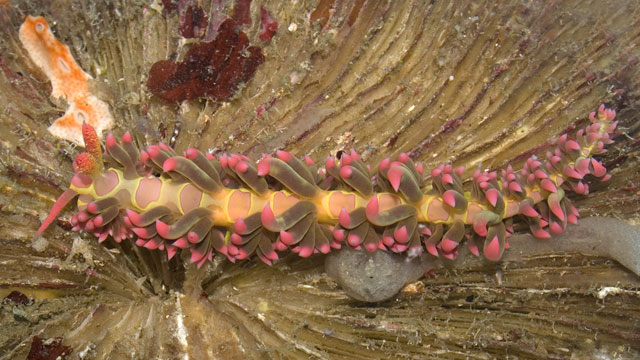Most biodiversity news is bad news. Climate change, development and resource extraction threaten plants and animals around the world. But scientists are still discovering species, too. Finding and describing species new to science isn’t just something Charles Darwin did. Scientists at Bay Area institutions are discovering plants and animals all over the world, including some right here in California.

“You would think, of course, we’ve done our homework and we’ve already charted our own biosphere, our own map of life on the planet,” said Brian Fisher, an entomologist at the California Academy of Sciences. While there’s a lot of attention focused on the search for life on other planets, he said, there’s still a lot still to discover here.
Last year, Fisher published descriptions of 38 new species of ants in Madagascar. Over the course of his career, he’s described 256 ant species.
“It’s not just discovering something esoteric like an ant,” he said. “It’s actually really trying to understand how ecosystems work, how they’re put together and really, it’s about our long-term sustainability. How are we, as humans, going to maintain clean water, clean environments and this relationship with biodiversity?”
These new-to-science species aren’t all in far-away Madagascar. In 2012, David Wake, a curator of herpetology at Museum of Vertebrate Zoology at UC Berkeley, named two new species of salamanders that live in California.